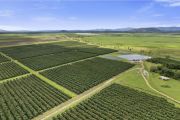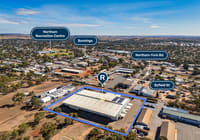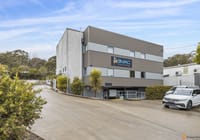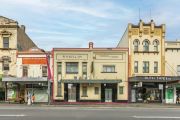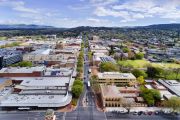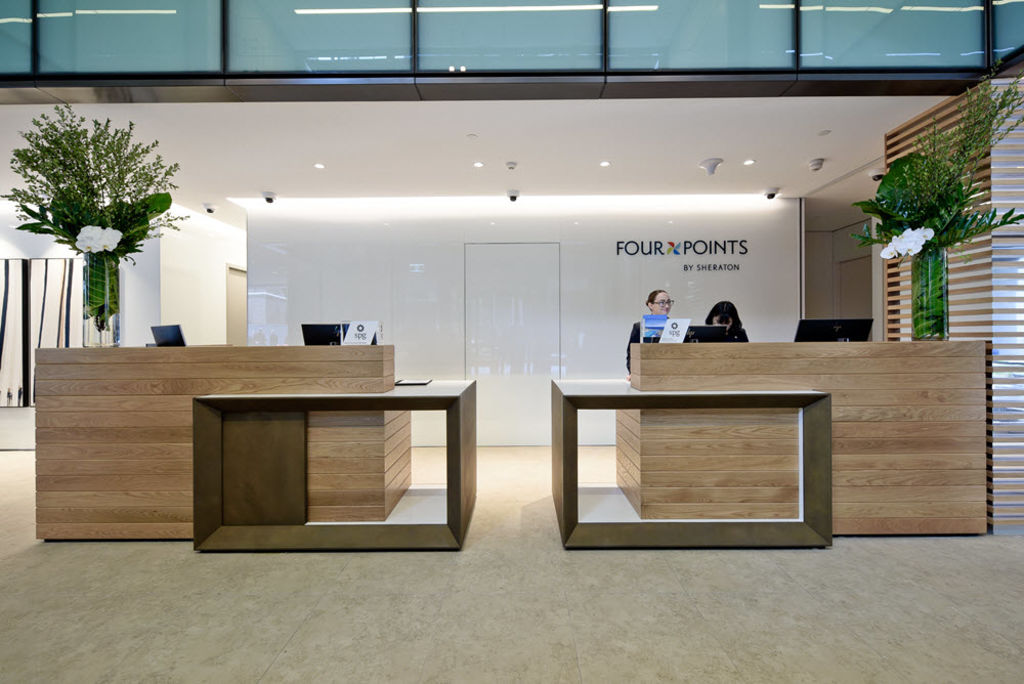
Sydney's swag of new hotels expected to ease demand temporarily
About 4600 rooms will be added to the Sydney hotel market by the end of 2022, which is expected to ease robust occupancy levels temporarily after years of escalating demand, new research shows.
But industry insiders question whether the new supply will have much long-term impact on these occupancy levels.
More than 2400 rooms across 17 hotels were delivered in Sydney in the 12 months to June 2018 after years of constrained supply growth, hospitality consultancy Horwath HTL’s latest Sydney market report shows.
The figure does not account for hotels being delivered in the second half of 2018, including Four Points by Sheraton Central Park, which opened this week, and Crown Group’s Skye Hotel Suites Sydney CBD, opening in late 2018.
While occupancy levels in Sydney are expected to climb to 87 per cent by the end of the year, this is forecast to slip to 84 per cent by 2020.
“We are currently tracking some 60 hotel projects in the Sydney pipeline,” said Stefan Muff, Horwath HTL manager and the report’s author.
“Not all of these will progress but at this point we are anticipating that there may be an increase in supply of around 6 per cent in 2020. These additional rooms are likely to put pressure on occupancy.”
Among those hotels opening in 2020 include Marriott’s W Sydney Hotel at Darling Harbour’s Ribbon and The Star’s Ritz-Carlton.
Karen Wales, Colliers International’s director of hotels transaction services, stressed that the Sydney CBD has been the strongest performing hotel market in Australia for about eight years and questioned whether the new supply would be delivered at a rate that would push down occupancy levels over the next few years.
“If you think about it, most hotels are operating close to full throughout the week and on Saturdays – that’s a very positive thing,” she said.
“The pace of opening is considerably slower than other major state capitals and we’re also seeing a change in the development environment from a financing point of view.
“Also many of the projects that were in the pipeline that were approved are being offered for sale so the progress of them actually coming online is going to be significantly slowed.”
The report also found that Sydney occupancy levels will rebound back up to 87 per cent by 2022, as demand catches up to the large pipeline, with the International Convention Centre already securing more than 1300 major events until 2026, according to Mr Muff.
The strong performance of Sydney’s hotels means there is no lack of interest from buyers, but hotel owners are not letting go of their properties because of the difficulty of replacing the investment.
“It is very difficult to make a new development stack up given the high cost of land and competition from other real estate asset classes,” Mr Muff said.
“Also, since a number of hotels have recently transacted, their new owners will likely need to hold on to them to realise their required return on investment.”
And the return on investment is too attractive to let go, with room rates – the main driver of investment returns of a hotel – increasing at record levels in the Sydney CBD, Ms Wales added.
“Room rates grew at 7 per cent in 2017, that’s the strongest growth we’ve seen since the Sydney Olympics. In that environment, why would you sell?”
Impact of short-term letting regulations
While the NSW government announced in June new reforms in the short-term letting sector, which limits investor rentals in Sydney to 180 nights a year, Ms Wales said it was not enough to reduce the impact it was having on the hotel market.
“I don’t think the cap is going to do anything to change the environment, that (180 nights) equates to every weekend in a year,” she said.
“The sector didn’t think that the legislation went far enough in terms of trying to promote investment into the visitor economy. You’ve got the significant investment that goes into building a hotel which is obviously in the millions compared to somebody just letting out a residential apartment short-term.
“The government’s investing in infrastructure such as the (International) Convention Centre and other significant investments and they need the return, therefore we need hotels in the city to be able to have those guests because those guests of the International Convention Centre are not going to stay in an Airbnb.”
But Mr Muff said the consultancy did not think short-term letting competed directly with hotels, despite it being difficult to measure Airbnb’s impact on the Sydney market.
“I would predict that the 180-night cap is unlikely to have a material impact on the market,” he said.
“(The) product is usually quite different to a standard hotel room and tends not to have the same amenities and services, such as for meetings or food-and-beverage facilities.”
Travellers also tend to use Airbnb properties for longer stays, with more than half of Airbnb room nights sold in Sydney part of trips at least seven days long, while most hotels stays are for less than two nights, according to Mr Muff.
He acknowledged that anecdotally, some demand was being diverted from conventional hotels.



